An LCD display must be connected to a PCB (printed circuit board) in order to display contents on its screen. The display connector on the LCD determines how that connection is made. Here are the standard connection types for liquid crystal displays:
- Elastomer Connector
- Pin Connector
- Flex Connector
- TCP Structure
- COG Structure
Elastomer Connector
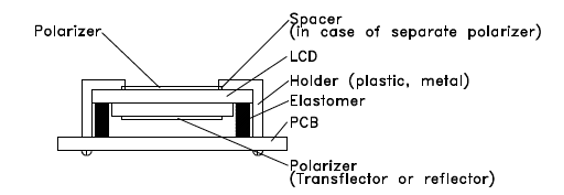
Connection method: Mechanical compression
Structure: Alternate laminations of conductive and insulating rubber
Contact pitch: Min. 0.5mm recommended
Benefits:
- Easily assembled
- Long service life
- Suitable for fine pitch
Pin Connector
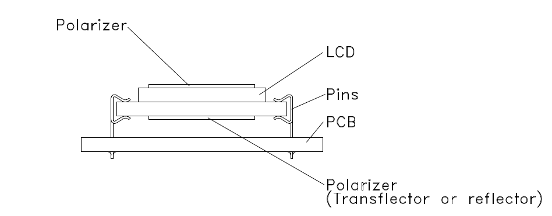
Connection method: Solder
Structure: Plated metal pins
Contact Pitch: 1.5, 1.8, 2.0, 2.54 mm
Benefits:
- SMT mount possible
- Suitable small batch production
Flexible (Flex) Connector
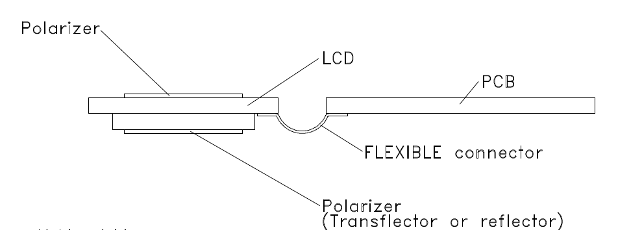
Connection method: Heat seal (heat + pressure), solder or mechanical compression
Structure: Base film with electro-conductive traces
Contact Pitch: Heat seal type 0.28mm Min. Solder type 0.8mm Min.
Benefits:
- Light weight
- Flexible
- Thin structure
Tape Carrier Package (TCP) Structure (with driver)
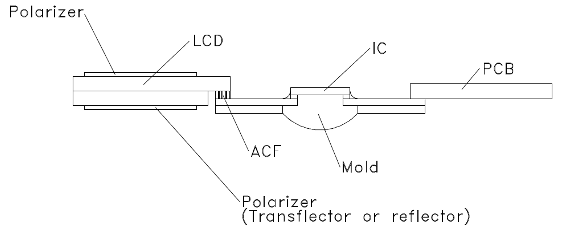
Connection method: Heat and pressure fitting (ACF), soldering.
Benefits:
- High resolution display
- Thin structure
Chip on Glass (COG) Structure
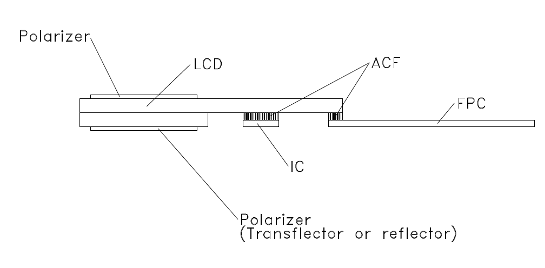
Connection Method: Heat and pressure fitting (ACF), heat seal, FPC, rubber, socket or pin.
Benefits:
- High resolution display
- Saves mounting space
- Thin structure